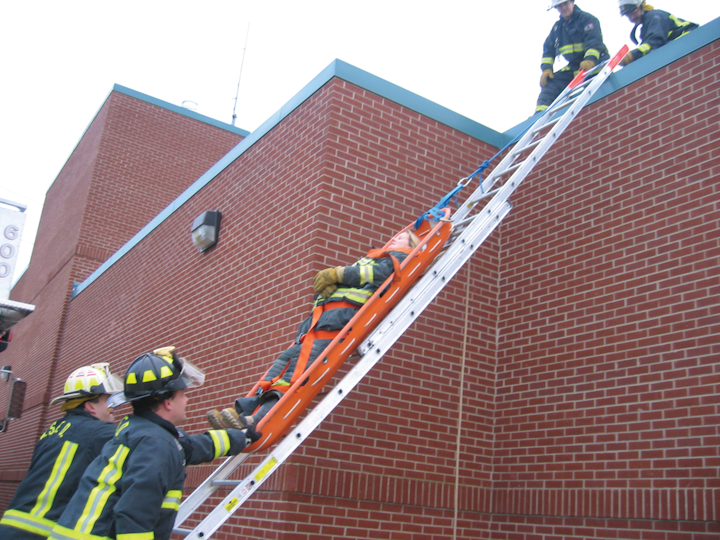When firefighters vent a structure fire it s like the other posters said to release built up smoke and carbon as a way to prevent a back draft situation.
Why do firefighters open the roof.
Please follow and like us.
Heat and smoke rise into the attic where the fire can move quickly.
Before he goes in they put a hole in the roof so that once air comes in the fire and smoke and heat goi es out the roof.
Another reason for venting the roof is to see how far the fire has progressed.
In many instances firefighters must remove this heat and smoke before they can get close enough to extinguish the fire.
As a former volunteer firefighter i feel like i can speak on this.
Heat and smoke rise so cutting a hole in the roof and breaking out windows in strategic locations allows the smoke to vent upwards allowing cool air to enter.
One of the fastest avenues through which fires spread is the attic.
Fire in a building creates a tremendous amount of heat and smoke.
For the fire service the data gained from these four scientific.
Another reason for venting the roof is to see how far the fire has progressed.
Heat and smoke rise into the attic where the fire can move quickly.
One of the fastest avenues through which fires spread is the attic.
Firefighters may get ahead of the fire on a roof and cut holes to access the attic to stop the fire from spreading through the attic.
Fire and heat rise so if there is no hole in the roof or place for the fire and heat to escape it spreads horizontally within the building causing the full building to be.
If they didnt once the fire ate up all the oxygen it would lie in wait until fresh air came in when the firefighter entered and it would almost literally explode with new flames and heat so to speak aka backdraft.
Gaining access to the roof for this operation should begin from a well supported area of the roof preferably from the opposite side of a fire wall or other substantial separation.
Firefighters may go ahead of the fire on a roof cut holes to access the attic and stop the fire from spreading through the attic.
With a fire in the attic space and crews working on the roof collapse may occur earlier than the test results indicate.




























